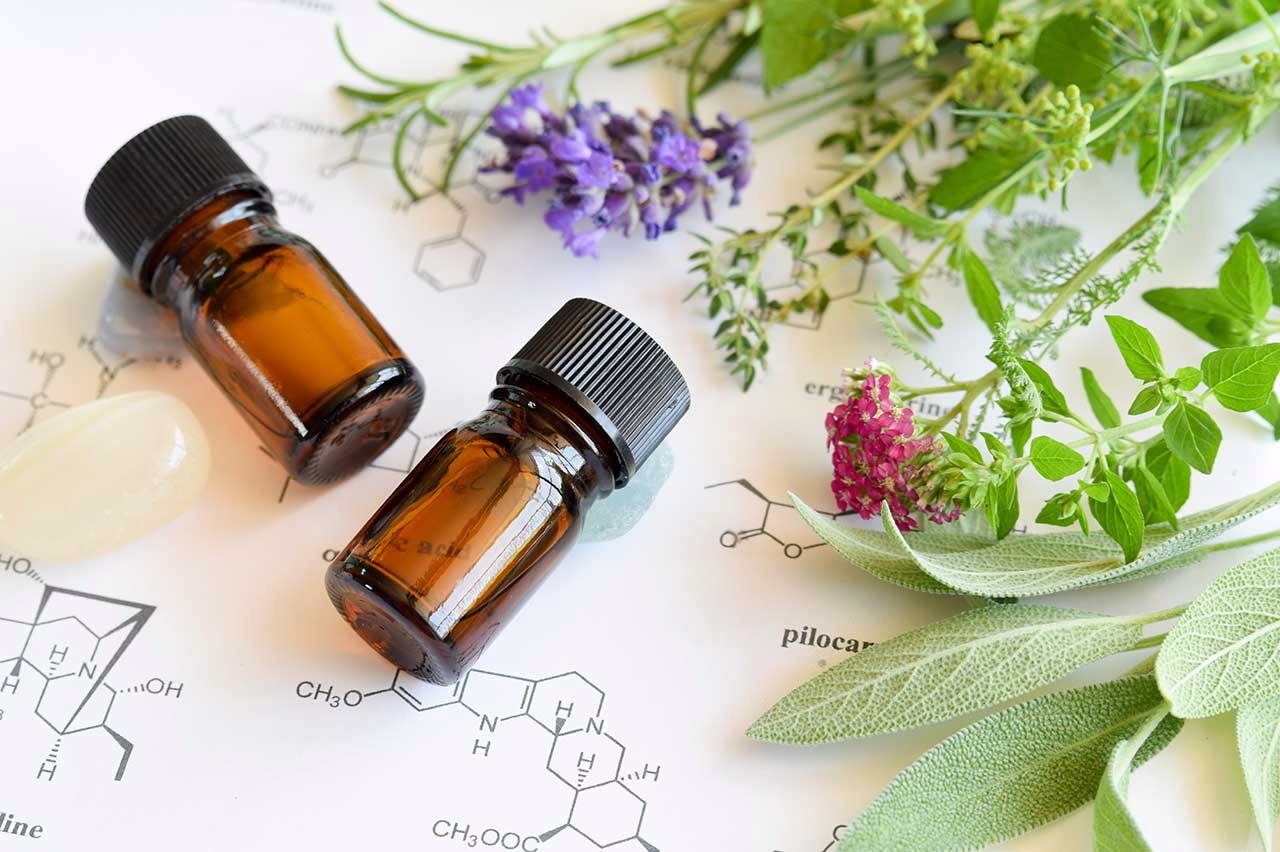Recharge Your Mind and Body: What Is Aromatherapy and What Are Its Benefits?
Contents
Aromatherapy is experiencing a surge in popularity right now. Talking with people I know, it seems like everyone is discovering its effectiveness and is incorporating aromatherapy in one form or another into their life. I attribute the popularity of aromatherapy to the rise in mindful living. People are becoming more conscious about the food they’re eating, the products they are using (reading labels, investigating sources) and this in turn influences all other aspects of their health.
How My Aromatherapy Journey Began
It started when I was in college. I bought a couple of bottles of essential oils from a natural health store to use as a natural scent for craft projects like homemade sugar scrubs and scented drawer sachets. Soon after that, I purchased my first bottle of therapeutic-grade essential oil and was hooked.
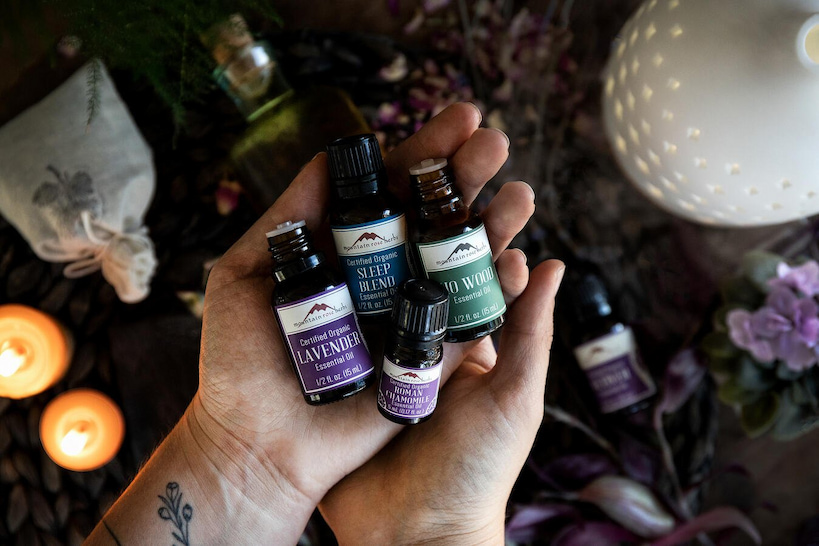
In my college years, I often didn’t get enough sleep, ate poorly and was constantly stressed with deadlines. Essential oils, especially lavender essential oil, combined with my yoga journey helped me relax while also supporting my immune system and helping me to fall asleep faster.
What Is Aromatherapy?
If you are new to aromatherapy, it’s a holistic healing treatment that involves the use of essential oils to promote health and well-being. Essential oils basically plant extracts. They are made by pressing or steaming different parts of a plant which can be a flower, a leaf, a bark or a fruit, to capture the compounds that produce fragrance.
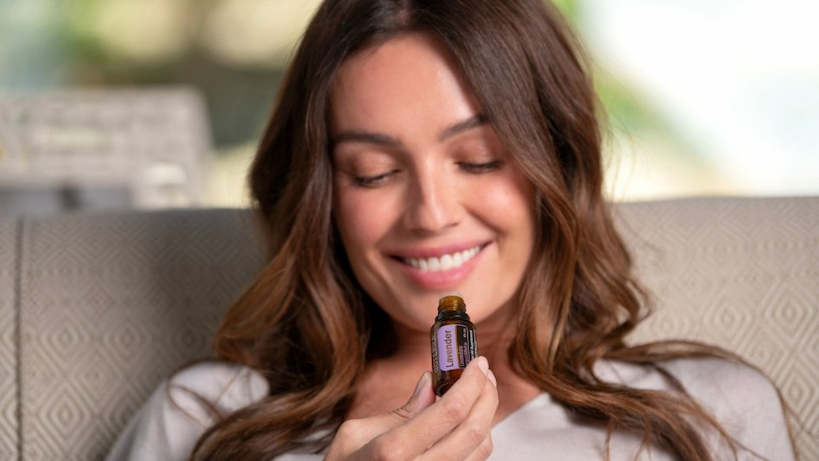
When you breathe in the scent of essential oils, that scent goes from the olfactory nerves directly to the brain, impacting the emotional centre of the brain. As the scent gets to the brain, they influence the limbic system, which is connected to emotions, blood pressure, heart rate, breathing, stress, memory and hormone balance, thus having a having subtle, yet comprehensive effect on the body.
Aromatherapy can be used to treat a number of ailments. According to research, different essential oils have different levels of antimicrobial activity and also present antifungal, antiviral, nematicidal, antioxidant and insecticidal properties. So, aside from providing a delightful smell, aromatherapy oils can also provide decongestants, disinfection, and psychological benefits.
Which Essential Oil to Choose?
When it comes to which essential oil to choose, this depends on the reason you want to use it first – do you want it to help relieve stress or do you need something to relieve a stuffed nose? You should know that there is no definitive list that specifies which essential oil is used to treat which health condition.
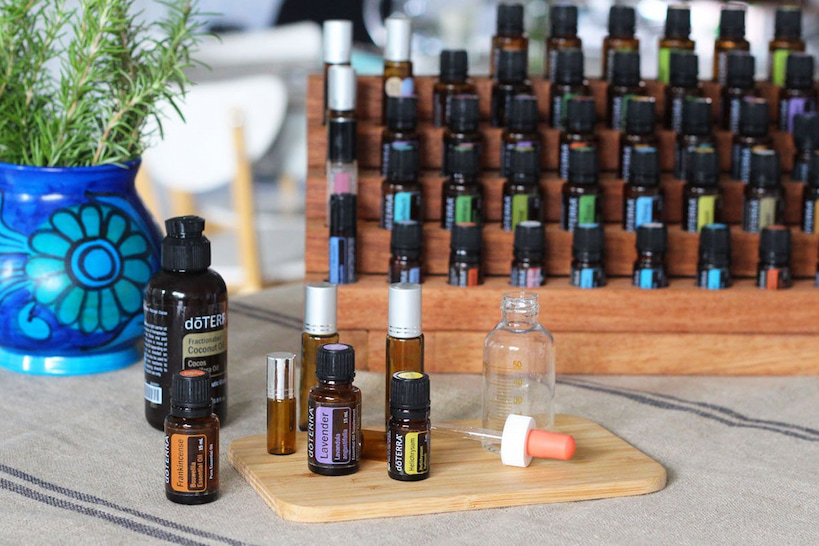
For example, although chamomile, lavender, basil and frankincense essential oils are generally known to have a calming effect and peppermint and bergamot oil are stimulating and can help with depression, this can vary from person to person. It’s important that you do your research and talk with a qualified aromatherapist or other individuals with training in using essential oils to find out which essential oil can help improve your condition.
A good place to start is to get a book about therapeutic aromatherapy, which you can find at a natural health store. Understand the cautions for each essential oil and proper application method. Keep in mind that essential oils need to be diluted properly with a carrier oil and you need to watch closely for adverse effects.
How Can You Inhale Essential Oils?
Diffuser
With a diffuser, you place essential oils on the device and they are evaporated whether with water or heat. This is one of the most effective ways to add the scent of essential oil to the environment, for example, to add lavender scent to your living room to enhance your meditation session. Note that essential oil should never be directly burned, it needs to be diluted first.
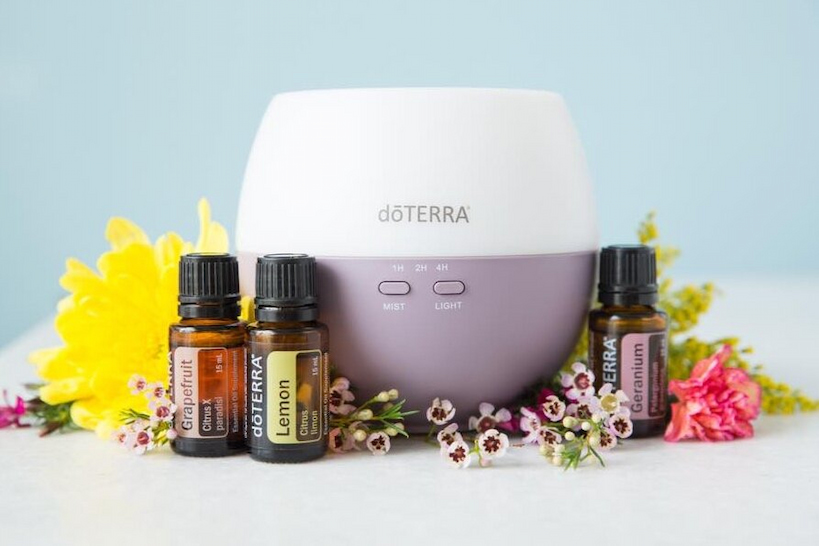
Diffuser Bracelet
Keep your favourite oil on you at all times with a diffuser bracelet. Simply place a few drops of essential oil into the bracelet and get the benefits of that particular scent all day long. A diffuse bracelet can be easily found at a natural health store.
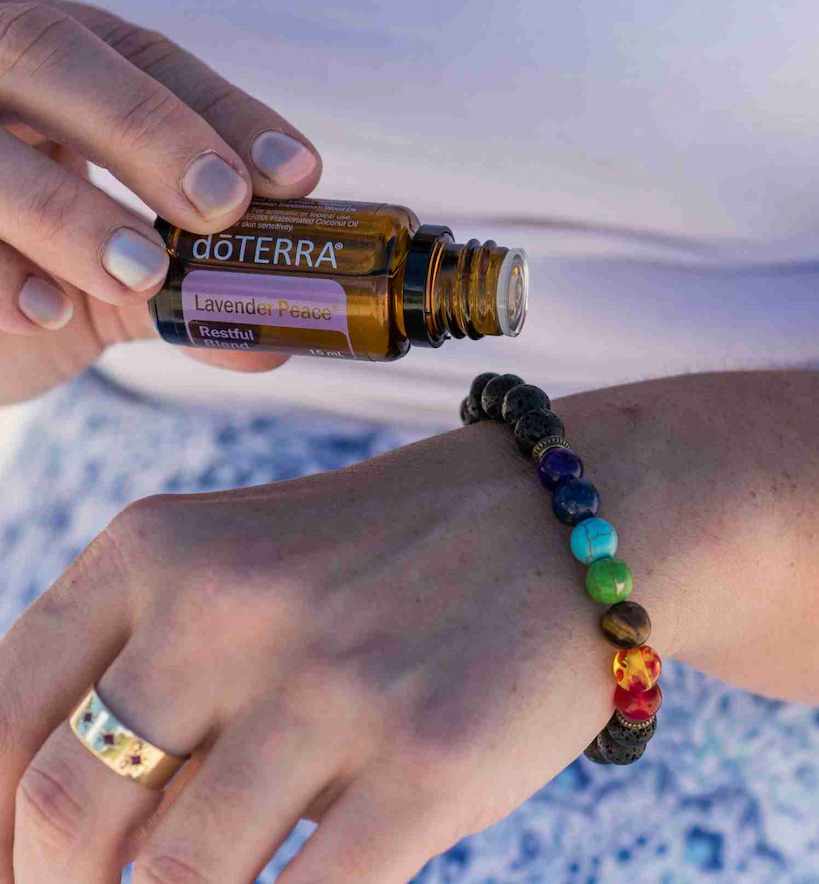
Dry Evaporation
With this method, you place several drops of essential oil into a cotton ball and allow it to evaporate into the air. Then, you can either sniff the cotton ball for an intense dose or simply leave the cotton ball sitting on your desk next to your computer for example, for a milder, more constant exposure.
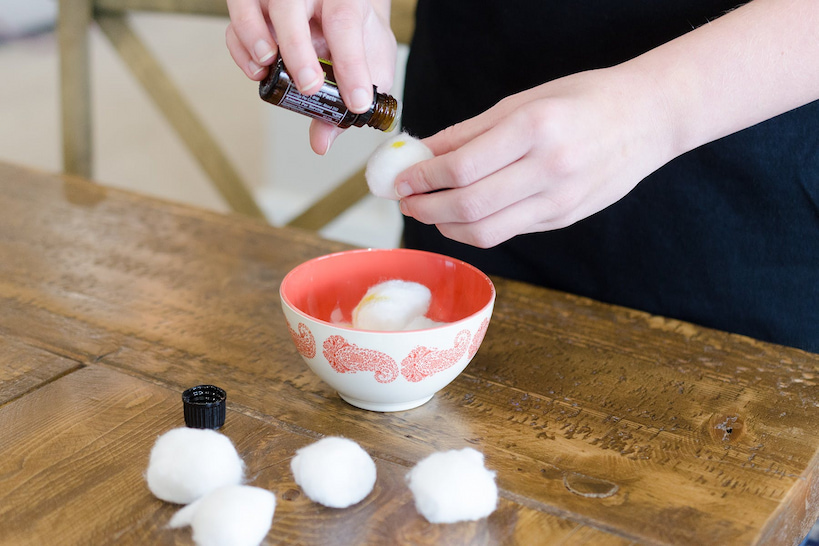
Steam
Add a few drops of essential oil to a bowl of steaming water and it will quickly vaporize the oil. Then, place a tower over your head and over the bowl of water and breath deeply. This method is very potent, and the use of more than a couple of drops can be overwhelming. A great essential oil to use with this method is eucalyptus essential oil, which can be helpful with upper respiratory and sinus infections.
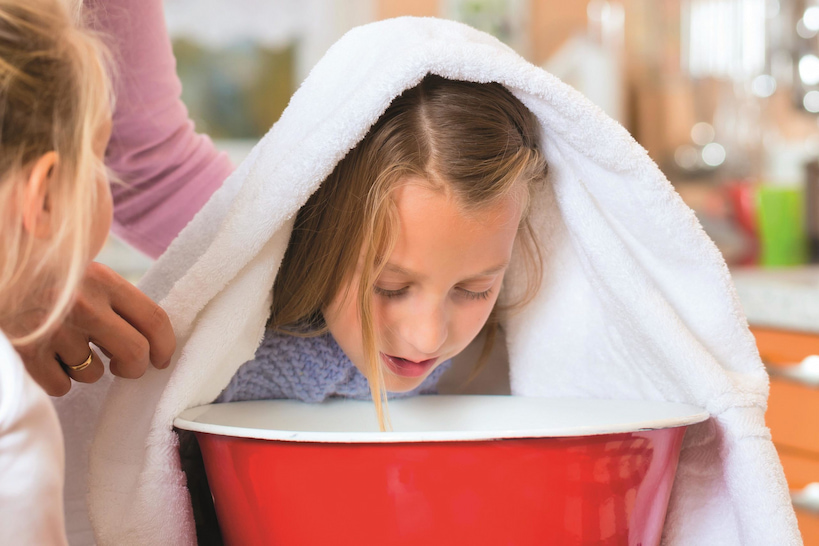
Topical Applications
When you use essential oils for massage or in a bath, they are absorbed through the skin. Massaging the oil on the skin can help boost circulation and increase absorption. Again, essential oils need to be diluted with a carrier oil before applying it to the skin. The most common carrier oils are olive oil and almond oil. Use a few drops of essential oil to 30 grams carrier oil.

